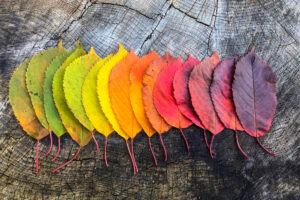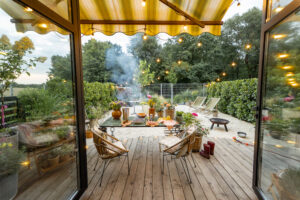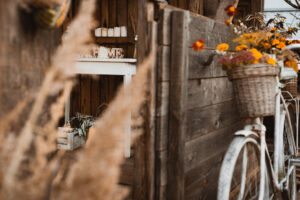Wood decks are a beautiful addition to any home, providing a warm and inviting space for outdoor activities. However, they are also vulnerable to various elements and conditions that can cause damage over time. Understanding the common culprits that can harm your wood deck is crucial for proper maintenance and longevity. This article will explore these common threats and offer tips on how to protect your deck from damage.
1. Moisture and Water Damage
Rain and Humidity
- Cause: Prolonged exposure to rain and high humidity levels can cause wood to absorb moisture, leading to swelling, warping, and rotting.
- Prevention: Apply a high-quality water-repellent sealant or stain to your deck annually to protect against moisture penetration. Ensure proper drainage around your deck to prevent water pooling.
Snow and Ice
- Cause: The freeze-thaw cycle of snow and ice can cause wood to expand and contract, leading to cracks and splits. Melted snow can also lead to water damage if not properly managed.
- Prevention: Remove snow and ice promptly using a plastic shovel to avoid scratching the wood. Avoid using salt or chemical deicers, which can damage the wood and hardware.
2. Sun and UV Damage
Ultraviolet (UV) Rays
- Cause: Prolonged exposure to sunlight and UV rays can cause wood to dry out, fade, and become brittle, leading to cracks and splinters.
- Prevention: Apply a UV-protective sealant or stain to your deck. Consider using outdoor rugs or installing a pergola or awning to provide shade and reduce direct sunlight exposure.
3. Insects and Pests
Termites and Carpenter Ants
- Cause: These pests can burrow into the wood, causing structural damage and weakening the deck’s integrity.
- Prevention: Regularly inspect your deck for signs of insect activity, such as small holes or sawdust. Use treated wood that is resistant to insects and consider applying a pesticide or insect repellent to vulnerable areas.
Wood-Boring Beetles
- Cause: Wood-boring beetles lay eggs in the wood, and their larvae feed on it, creating tunnels and weakening the structure.
- Prevention: Inspect the deck regularly and treat any infestations promptly with appropriate insecticides. Use kiln-dried or pressure-treated wood to reduce the risk of infestation.
4. Mold and Mildew
Fungal Growth
- Cause: Mold and mildew thrive in damp conditions, leading to discoloration, slippery surfaces, and wood decay.
- Prevention: Clean your deck regularly with a mild detergent and water, especially in shaded or damp areas. Ensure good airflow and sunlight exposure to keep the deck dry. Apply a mold-resistant sealant.
5. Physical Damage
Foot Traffic
- Cause: Heavy foot traffic, moving furniture, and the use of harsh cleaning tools can cause scratches, dents, and wear on the wood surface.
- Prevention: Use outdoor rugs or mats in high-traffic areas. Lift, rather than drag, furniture when moving it. Use soft-bristle brushes for cleaning.
Improper Maintenance
- Cause: Neglecting regular maintenance tasks, such as cleaning, sealing, and repairing, can lead to accumulated damage and shorten the lifespan of your deck.
- Prevention: Follow a regular maintenance schedule, including sweeping, washing, inspecting, and sealing the deck. Address any repairs promptly to prevent further damage.
6. Environmental Factors
Tree Debris
- Cause: Falling leaves, branches, and sap from nearby trees can cause staining, mold growth, and physical damage to the deck surface.
- Prevention: Trim back overhanging branches and clean the deck regularly to remove debris. Consider installing a canopy or shade sail to protect the deck from tree debris.
Soil and Plant Matter
- Cause: Soil, mulch, and plant matter can hold moisture against the wood, leading to rot and decay.
- Prevention: Keep plants and garden beds away from the deck. Use planters with raised bottoms or place a barrier between the deck and any soil or mulch.
Conclusion
Protecting your wood deck from common culprits that cause damage is essential for maintaining its beauty and functionality. By understanding the threats posed by moisture, sunlight, insects, mold, physical wear, and environmental factors, you can take proactive steps to safeguard your deck. Regular maintenance, including cleaning, sealing, and timely repairs, will help ensure your deck remains a safe and attractive space for years to come.








Reader Interactions